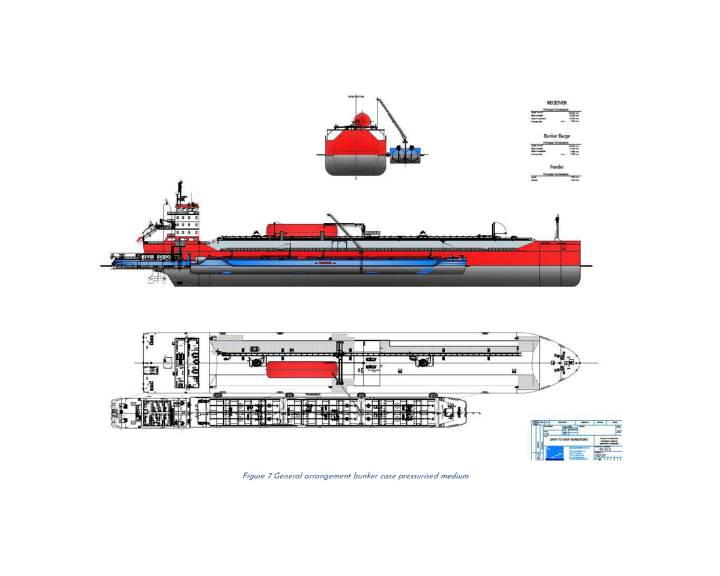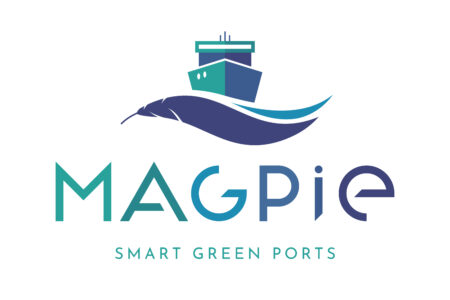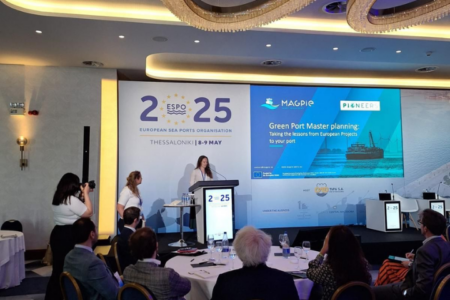
On 12 April 2025, Trammo, OCI, and James Fisher Fendercare successfully conducted an ammonia bunkering pilot between two vessels at a terminal in the Port of Rotterdam. The operation was made possible by a pre-study led by TNO. One year earlier, TNO had namely developed a qualitative risk assessment (QRA) and a mitigation plan to ensure the safety of the operation.
The study examined risks to both the surrounding population and the operators involved in the bunkering process. The report covered five representative ammonia bunkering cases involving different vessel sizes and configurations, using either pressurised or refrigerated ammonia. It included modelling of location-specific risk for each scenario. For instance, in the case of pressurised ammonia, it was found that the maximum distance for the one-in-a-million annual individual risk ranged from 747 to 1015 meters, depending on the modelling approach.
The hazard identification (HAZID) process concluded that operator risk was high and required additional control measures. The report, however, does not make policy recommendations but provides a technical basis for decision-making in port environments.
TNO’s findings contributed to last April demonstration’s success and have thus provided a foundation for the development of ammonia as a marine fuel.


